It’s that time of year for plants that’s don’t exist. Yes, I know that sounds confusing but in my foraging classes we regularly see at least three species that officials say don’t exist locally. One of them is the Wild Pineapple in flower above.
There’s little doubt that these were planted as ornamentals and can be very striking when in bloom. But they do have an edible fruit though that needs clarification. The apricot-like fruit can be very acidic so one has to leach the acid out (and vitamin C) by making a lemonade out of it. Sometimes one can find a very ripe fruit that is sweet and soft enough to try but do so sparingly and wait a few minutes to make such the acid level is low. Young leaves are also edible cooked like a vegetable. They also have curved spines that grow in two directions so if you get caught by them you are in for a serious, bloody time. Be very cautious around them. For more information on the Wild Pineapples that don’t exist click here.
Guerrilla Gardening is growing plants on someone else’s land, without permission. It can range from growing food on a long-vacant lot to making a political statement hoping to provoke change. Occasionally it is done to make a place look better. In its more confrontational forms Guerrilla Gardening questions or challenges land rights, ownership, reform, and at its core has socialist values. What I find interesting is that Guerrilla Gardeners often know little about plants, thus it is more political than plant-ical.
For example: Growing vegetables along a side walk downtown in a large city does not take pollution into mind. Growing non-edible flowers in a venting grate might be beautification. Planting cultivated species is debatable as without attention they will revert back to earlier forms. And then there is the issue of native vs. non-native plants. It would be counter-productive to make a “green” statement by planting a highly invasive non-native species that threatens the environment.
Guerrilla Gardening, the term and its current practice, can be traced to 1973 when some folks in New York decided to turn a private lot into a garden. Some 40 years hence that particular plot is now part of the city’s park system. While usually practiced in cities there are a few examples of non-urban Guerrilla Gardening, and I don’t mean growing marijuana.
Looking back I’ve done three things that one might call Guerrilla Gardening. Years ago when I had a lot of left over native persimmons seeds I would take the extra seeds to public land and plant them in places persimmon like to grow. I do spread around native, edible weed seeds in places that aren’t mowed, including what the county calls my lawn. And then there was the Black Mangrove Affair…
Long ago I lived in an apartment complex. Directly below me was a swale that always flooded with summer rain. No matter what shrub the complex planted there it died from overwatering. At the time I happened to have a lot of Black Mangrove seeds. They are a short grubby shrub that grows in brackish coastal waters. Black Mangrove seeds (and Red Mangrove seeds) are a famine food. They should be cooked in several changes of water and then don’t have the greatest taste. I rescued one of the seeds from its gastronomic fate. I put it in a pot, raised it to a foot high then planted it in the swale with a little stick. More than two decades later it is still growing strong.
At one time Black Mangroves could be found inland in Florida but geologists tell us that’s very ancient history. But a century or ten from now I’d like to see the puzzlement on a botanist’s face when he or she discovers modern Black Mangrove remains in the middle of the state. I’m not so sure that is more Guerrilla Gardening or creating a conundrum.
Botany Builder #20: Young and tender. In plants that is called the Meristem Stage. Technically it is: A region containing actively or potentially actively dividing cells, including initials and their immediate undifferentiated derivatives. That’s “bot-speak” for young and tender. When a plant or a portion of a plant is growing the cells haven’t yet figured out what to do. Some of them may become cells that hold the plant up and thus stiff. Others may be cells that produce saponins or other chemical protections that taste bad or are poisonous. This is why many wild (and cultivated) edibles are harvested when young. The cells aren’t set in their ways and still mild, soft and or palatable. Sprouts would be the classic example though many plants are still tender at an older age. Usually with wild greens young and tender is better, just the opposite of most fruits and nuts which you want to harvest at the other end of the season and growth cycle.
Because of a wedding I had only one foraging class this weekend, in Jacksonville. The wedding was on Amelia Island and outside next to the beach with the bright Florida sun and wind assaulting what hair I have left. While half-listening to vows, something about love, cherish and olé I noticed several wild edibles. Between the hotel, Ritz-Carlton, and the beach are two large sand dunes. Between them grow several edible species either because of fresh-water run off pooled there, and or, because fresh water sits on top of salt water there (and a place to dig for water if you are thirsty.) In that totally sandy environment were elderberries, red mulberries, escaped grapes, smilax and cactus. On the hotel grounds were palms, dollar weed (from over watering) marigolds, begonias, and a huge hedge of Silverthorns, which fruit around February.
The class in Jacksonville was large and a great bunch of people. For suburbia it is a productive location and includes such staples as the Winged Yam, Groundnuts and cattails. One of the more unusual fruits to be found in the area is the Paper Mulberry. For educational purposes we also studied the deadly water hemlock. I’d also like to thank the several people who came and shared their expertise during the class. And remember after you’ve taken a class there is continuing support. You can send me questions and photos to be identified. Also don’t forget to check out the Green Deane Forum and its Unidentified Flowering Object board.
Upcoming Classes:
Saturday, May 26th, Mead Garden, 1500 S. Denning Dr., Winter Park, FL 32789, 9 a.m.
Sunday, May 27th, Colby-Alderman Park: 1099 Massachusetts Street, Cassadaga. Fla. 32706, 9 a.m.
Saturday, June 1st, John Chestnut State Park: 2200 East Lake Road, Palm Harbor, FL 34685.
Sunday, June 2nd, Bayshore Live Oak Park, 23157 Bayshore Rd., Port Charlotte, FL 33980.
To donate to the Green Deane Newsletter click here.

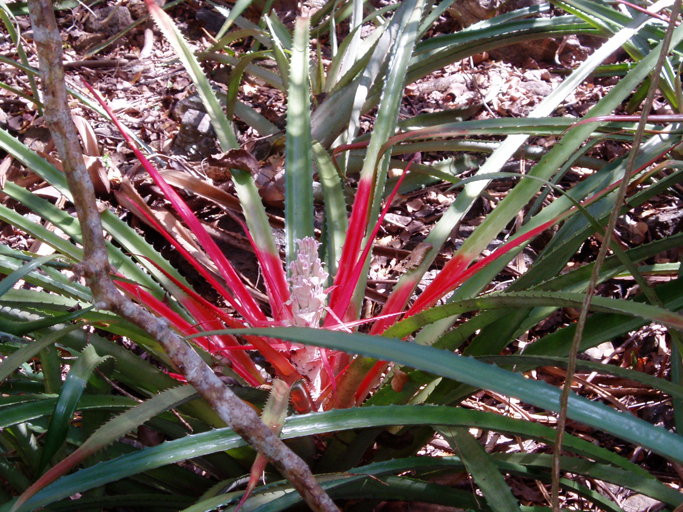
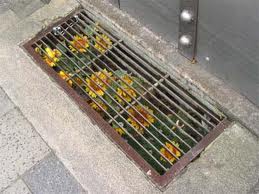

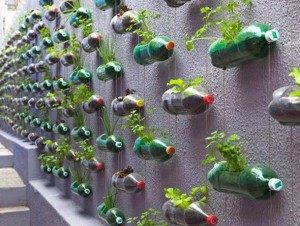
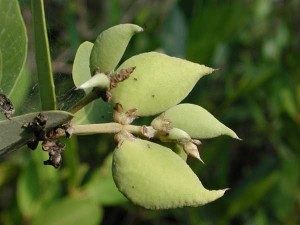
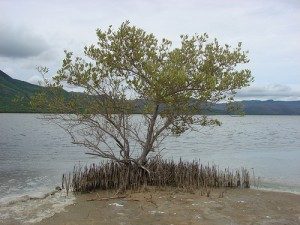
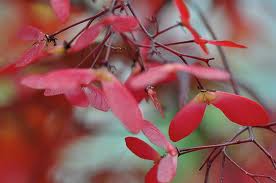
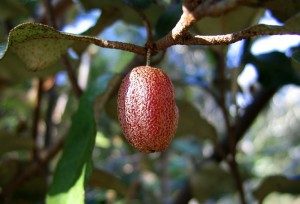

Thank you so much for the class in Jacksonville. My husband and I both enjoyed learning about all the edibles in the area. I just wanted to offer a suggestion to you. You commented that there is an increasing demand to have a hardcopy book of Florida edibles. I agree, it would be a fabulous book! Don’t know if you’ve heard of the website kickstarter, but many of my friends have successfully used it to procure funds for projects. Why not do a campaign for your book – people can donate at different levels – maybe anything over $25/30 would receive the book when it is finished. If you are interested, I’m happy to help you with it. Nadine
thanx green dean!!!!
This is my first time reading your newsletter, passed along by Tanja Harmon. Great reading — I learned a lot! Thank you!
Started reading about a wedding, clicked over to water hemlocks, from there clicked to elderberries, then learned how to make schnapps and elderberry wine. I can’t open your emails without having a nice amout of free time because the reading keeps drawing me further and further in! Thanks so much for the information/entertainment. I do so enjoy reading your Eat The Weeds!
great news letter learned alot and would love to attend ur classes